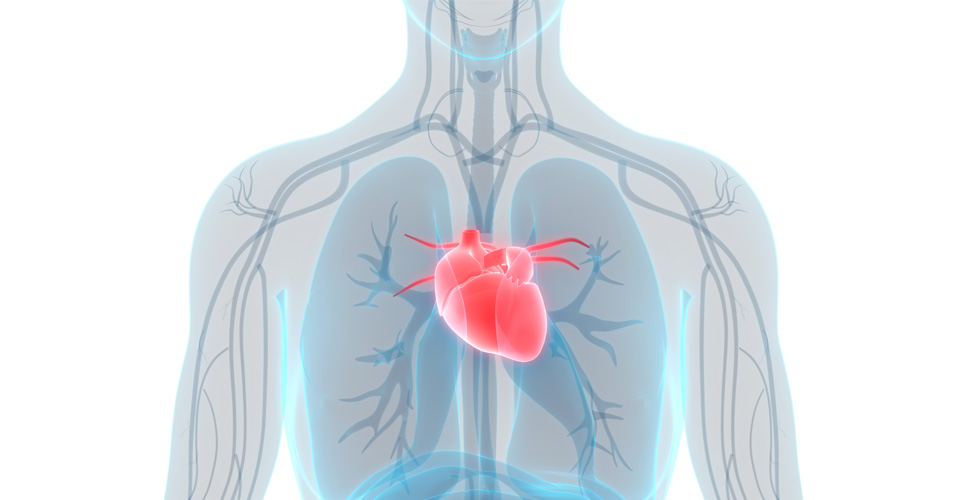teaser
Results of a significant Phase III EINSTEIN-DVT study, presented at the European Society of Cardiology (ESC), confirmed that, for the first time since the introduction of warfarin 55 years ago, we have taken a step towards being able to potentially offer an oral single-drug approach as an alternative to traditional standard treatment [a combination of low molecular weight heparin (LMWH) and warfarin] to patients with deep vein thrombosis (DVT).
“Whilst the current treatment, which has been around for more than 50 years, is effective when well-controlled, it is important to manage its dosage and administration safely. If I could design a DVT treatment it would be oral, once-daily, have reduced drug and food interactions, and require no blood test monitoring. The results from this study are promising as there is now the potential for a single-drug approach rather than the current treatment, which requires a combination of two different therapies. This condition affects around 60,000 people in the UK each year, who could potentially benefit from this new development,” says Professor Sam Machin, Consultant Haematologist at University College London.
In the study, patients with acute proximal symptomatic DVT received either oral rivaroxaban or LMWH enoxaparin followed by a vitamin K antagonist (VKA) of either warfarin or acenocoumarol, dose adjusted to maintain a therapeutic International Normalised Ratio (INR) (target 2.5, range 2.0-3.0), for 3, 6 or 12 months.
When compared to current standard treatment, Rivaroxaban demonstrated:
- Non-inferiority in terms of the primary efficacy outcome [defined as the cumulative incidence of symptomatic recurrent DVT and non-fatal or fatal pulmonary embolism (PE)]: 2.1% vs. 3.0% respectively (p <0.0001 for non-inferiority)
- A comparable safety profile [principal safety outcome defined as a composite of major and non-major clinically relevant bleeding events]: 8.1% in both treatment groups, (p=0.77)
- A superior net clinical benefit [a pre-specified secondary outcome defined as the composite of the primary efficacy outcome plus major bleeding]: 2.9% vs. 4.2% respectively (HR of 0.67, CI: 0.47 – 0.95)
- No statistically significant difference in the other secondary outcomes:
- – all-cause mortality: 2.2% vs. 2.9% respectively (HR of 0.67, CI: 0.44 – 1.02)
- – cardiovascular events: 0.7% vs. 0.8% respectively (HR of 0.79, CI: 0.36 – 1.71)
Rivaroxaban was well-tolerated in the study, and discontinuation rates related to adverse events were low and similar in both treatment groups.
EINSTEIN-DVT is the fifth Phase III trial in the ongoing rivaroxaban global development programme in which it demonstrated either non-inferiority (EINSTEIN-DVT) or superiority (RECORD 1-4) when compared to current anticoagulation therapies.
Bayer’s first regulatory filings in the VTE treatment setting are planned for the second half of 2010.
Rivaroxaban is currently licensed for use in the UK for VTE prevention in adult patients undergoing elective hip or knee replacement surgery.
